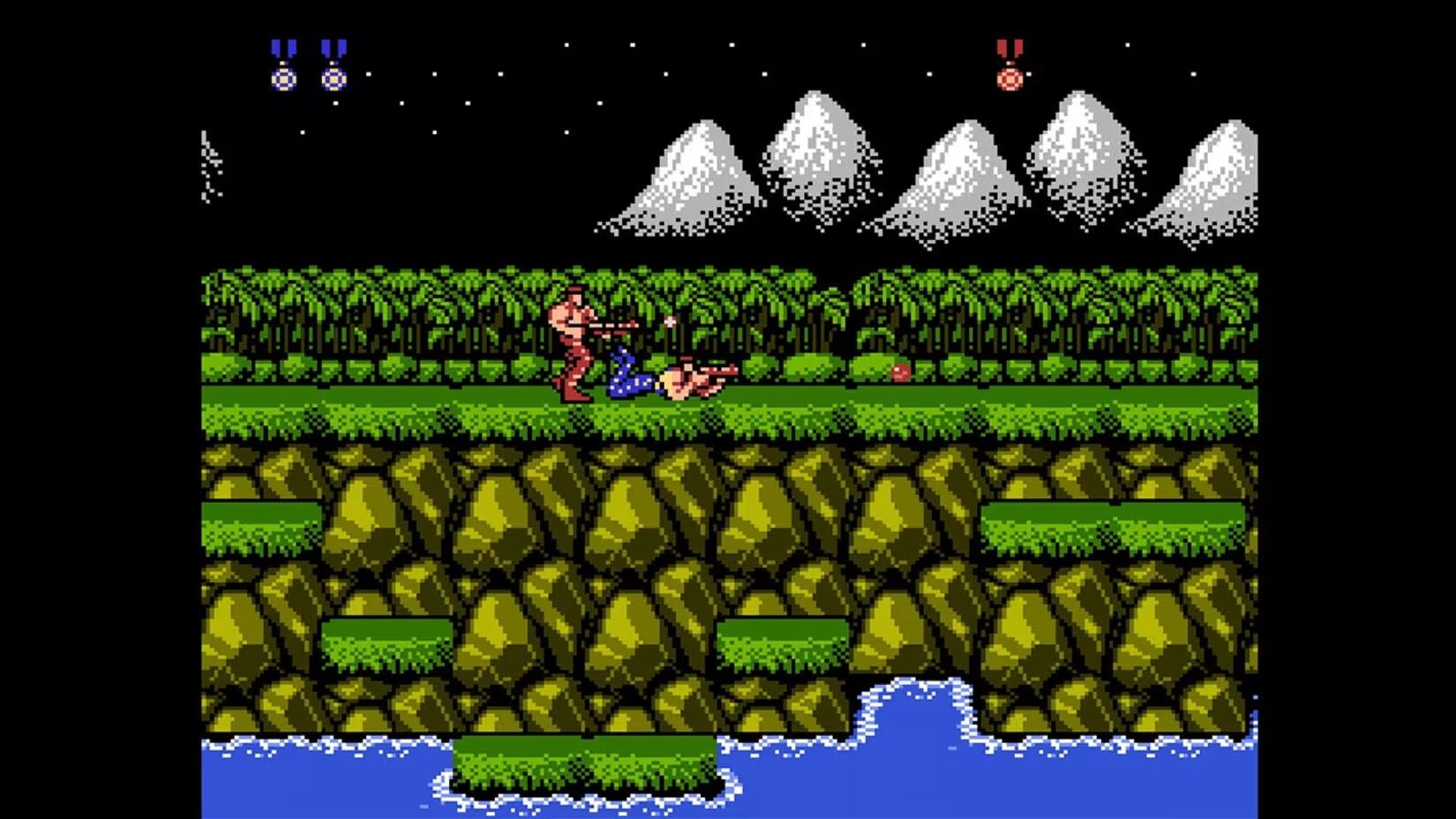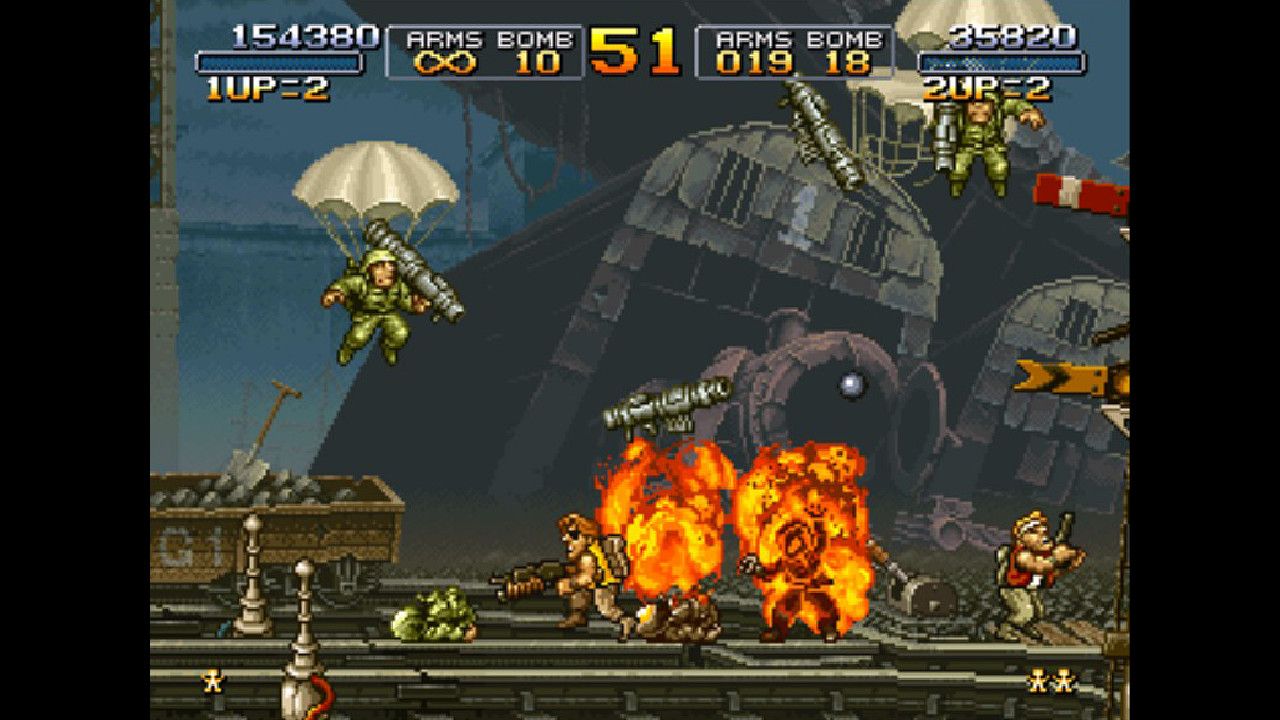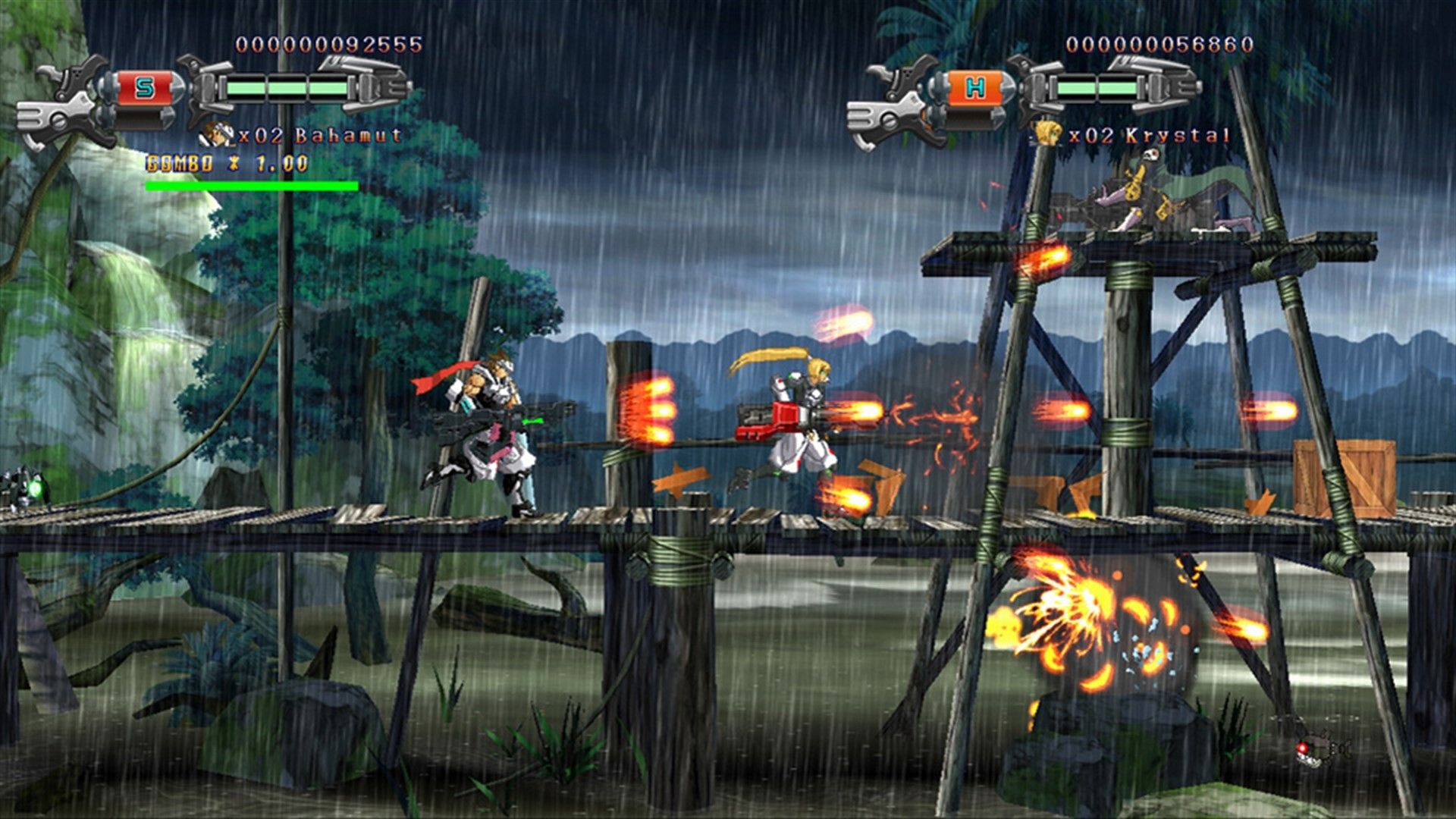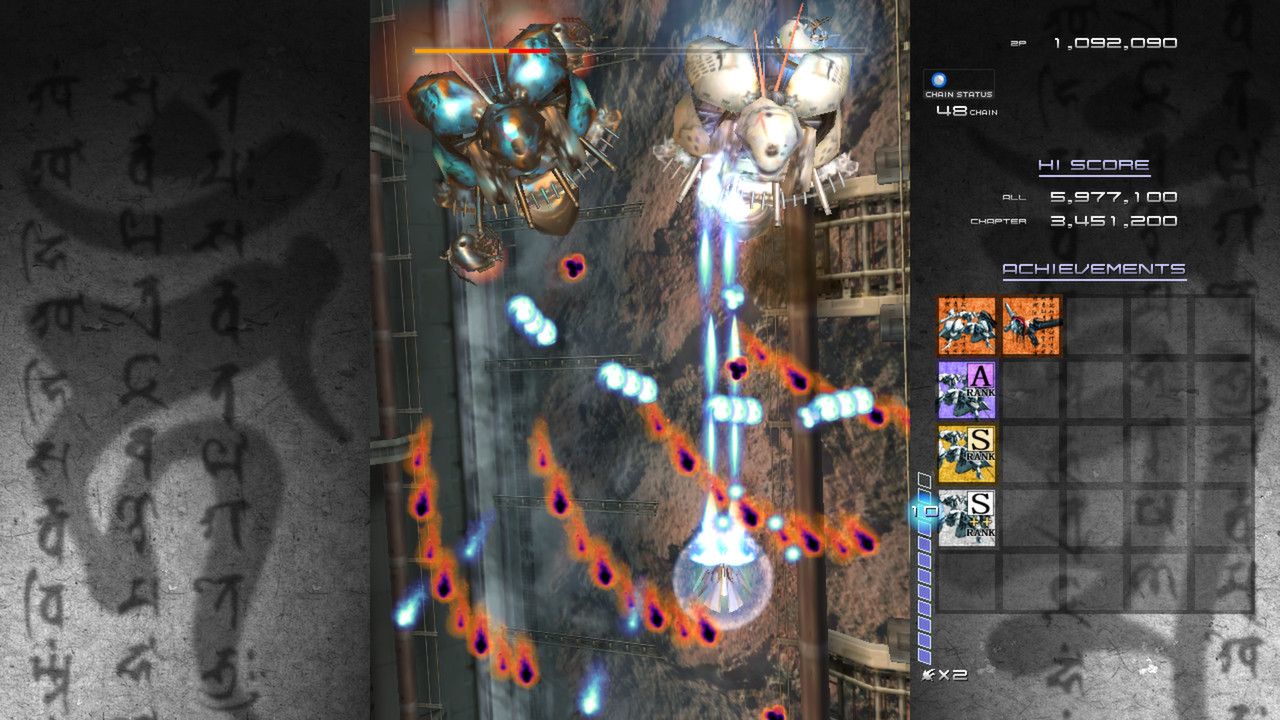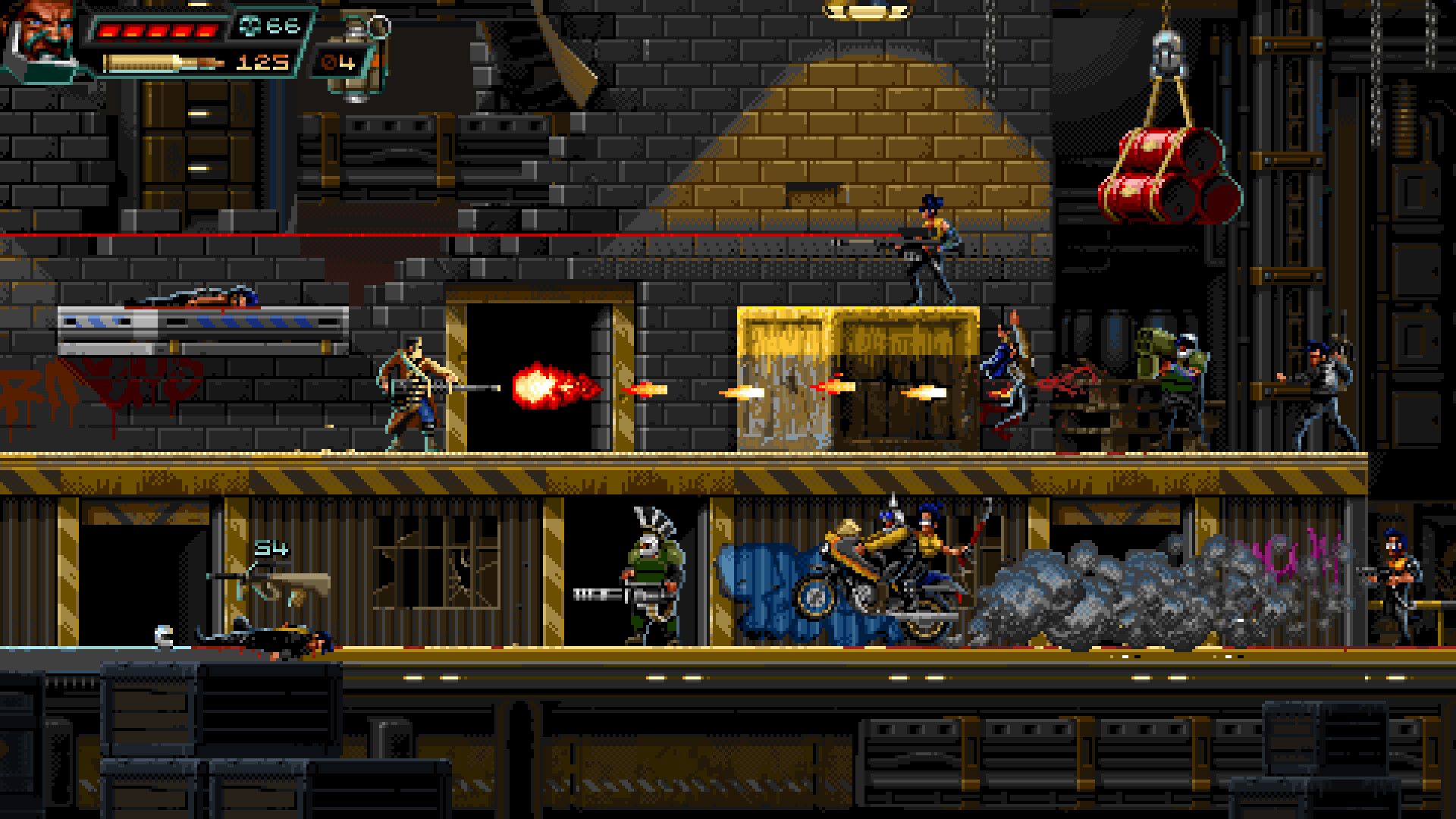Summary
- Run-and-gun shooters revolutionized action gaming with intense on-foot combat and satisfying difficulty.
- The decline of run-and-gun shooters was caused by shifting industry trends, new technologies, and the rise of competing genres.
- Despite fading into obscurity, run-and-gun games influenced modern action games and still exist through indie revivals.
Few gaming genres are as massively popular as shooter games. Whether it’s because of their exciting campaigns or competitive multiplayer, no other genre has come close to replicating the widespread appeal of shooters. However, almost all modern shooters owe their success to a forgotten retro genre.
How Run-and-Gun Shooters Revolutionized Action Games
Before first-person shooters dropped you into the boots of military commandos and futuristic super-soldiers, run-and-gun games were the closest equivalent to playable action movies. Run-and-gun shooters are 2D action games that will have you running (and gunning) through linear levels filled with armed foes, collectible power-ups, and an abundance of instant-death traps. Most run-and-gun shooters are side-scrolling platformers, but the genre also includes isometric shooters with vertical-scrolling cameras.
Run-and-gun games made their debut with 1982’s Front Line, but they exploded in popularity with the 1985 arcade releases of Commando and Rush ‘n Attack. While these certainly weren’t the first arcade shooter games—as they were predated by shoot ’em ups (or “shmups”) like Galaxian and Gradius— run-and-gun shooters quickly established themselves as the new face of arcade action games.
Whereas shoot ’em ups typically place you in the pilot’s seat of fighter jets and spaceships, run-and-gun games ground their gameplay with on-foot action and vehicle-based combat. Besides the obvious visual distinctions, the genre’s boots-on-the-ground battles inspired some of the most crucial gameplay differences between run-and-guns and their predecessors.
Run-and-gun games are more intense and a lot more chaotic than other genres. Instead of dodging predictable enemy patterns, run-and-guns throw hordes of enemies at you from all angles, forcing you to rely on fast reflexes and even faster shooting to survive. This led to the genre’s infamously punishing difficulty, with most run-and-guns featuring unpredictable enemy placement, one-hit deaths, and other forms of brutally unfair game design. Trying to complete most run-and-gun games requires plenty of trial and error—along with dozens of quarters if you’re playing in arcades.
Run-and-gun games make you work for your victory, whether it’s through the absurd enemy counts of isometric entries like Ikari Warriors or the unforgiving platforming challenges of side-scrollers like Metal Slug. Even the console versions of run-and-gun shooters like Contra and Ghosts ‘n Goblins rarely eased up on the genre’s brutal difficulty, and you often had to rely on cheats like the iconic Konami code just to have a chance at completing a run-and-gun game. Playing through run-and-gun shooters is bound to come with some frustration—and even the opening levels won’t pull their punches—but that makes completing these games feel all the more gratifying.
Run-and-gun shooters also give you greater control over your character, allowing you to jump, crouch, and aim in different directions. The genre also lacks the auto-scrolling screens commonly used in shoot ’em ups, giving you more freedom to tackle levels at your own pace. Of course, this also plays into the intense difficulty, as you’ll need to use your versatile movement to avoid enemies dropping in from above, popping up from below, or suddenly ambushing from just about anywhere else on the screen.
However, it wasn’t just the gameplay that drew players to run-and-gun shooters, and much of their success was the result of their uniquely mature presentation. Among the cartoon-y mascots that populated arcades and console games during the 80s, the military action of most run-and-gun shooters struck a chord with older audiences. At a time when action flicks were dominating theaters, run-and-gun shooters were the only genre that allowed players to feel like a gun-toting badass. Unsurprisingly, there were even run-and-gun games based on popular film franchises like Rambo, Star Wars, and Robocop.
Throughout the 90s, run-and-gun shooters continued to evolve with better visuals and faster gameplay. Games like Shock Troopers and the Metal Slug series are filled with expressive character sprites, stunning backgrounds, and screen-filling explosions at every corner. These games don’t just look pretty, either, as they feature tons of satisfying shooting (with some stabbing) alongside creatively varied levels that take players to a variety of exotic locales and dangerously unpredictable encounters.
Likewise, console games like Gunstar Heroes and Earthworm Jim featured similar mixtures of revolutionary graphics and exhilarating gameplay. These games were a lot more accessible than their arcade counterparts—trading unfair level design for a balanced challenge—yet still retained the thrill of early run-and-gun games. However, the genre’s popularity had already started to wane by this point, and even the niche success of its later releases didn’t last forever.
The Decline of Run-and-Guns
No matter how much run-and-gun shooters improved, the odds were always stacked against the genre. Although run-and-guns initially seemed like the perfect mix of fast-paced action and explosive spectacle, gaming trends eventually shifted away from the design decisions that defined the genre. Most of the elements that made run-and-guns ahead of their time are the same features that now seem antiquated to modern players.
The dawn of 3D graphics may have been one of the most important innovations in gaming history, but it also dealt a massive blow to the popularity of run-and-gun games. The genre’s stunning spritework was overshadowed by the increasing popularity of 3D action games, most notably first-person and third-person shooters. Their up-close cameras and open-ended environments allowed for gaming experiences that felt faster, more immersive, and ultimately more exciting than the average run-and-gun game.
Around the same time, the declining popularity of arcades also brought an end to many gaming trends that were common among run-and-gun shooters. The infamously unfair difficulty of run-and-gun shooters and other retro genres—which mainly existed to make short campaigns last longer—had fallen out of favor. Console games began featuring longer campaigns with multiple difficulty settings and unlockables, providing more value for a single purchase. Even when later run-and-gun shooters tried to match the length and value of console games, they rarely came close to the sheer breadth of content found in other shooters.
Even other arcade-style experiences started to overshadow run-and-gun games. With the decline of arcades, many fans of arcade shooters gravitated towards the emerging bullet hell genre. While bullet hell games are similarly notorious for their intense difficulty, the genre has maintained a cult fanbase through their sheer variety and mechanical depth.
Run-and-gun shooters have only fallen further out of the spotlight over the years, leaving their franchises in a tumultuous state. Some run-and-gun series like Metal Slug stuck to their 2D roots and enjoyed niche success, but many others like Contra and Earthworm Jim have repeatedly tried (and failed) to re-brand themselves as 3D games.
Meanwhile, modern shooters have continued to raise the bar for both cinematic single-player campaigns and multiplayer experiences, leaving classic run-and-guns in the dust. It doesn’t help that the brutal difficulty of early run-and-gun games—while somewhat nostalgic for anybody who grew up with the genre—is often more frustrating than fun for first-time players.
Despite their disappearance over the last few decades, run-and-gun shooters have had a monumental impact on modern action games. The genre’s original appeal as a playable action movie paved the way for modern shooter campaigns. Likewise, its brutal difficulty—while not entirely unique to run-and-gun games—inspired similarly hardcore gaming experiences across nearly every genre.
Even today, run-and-gun games still exist in various forms. Indie games like Broforce and My Friend Pedro act as love letters to the run-and-gun genre while bringing their own twists to its formula. Other games like Cuphead and Enter the Gungeon meld run-and-gun gameplay with elements from other genres. A few games like Blazing Chrome and Huntdown follow the original run-and-gun formula to a T, painful difficulty spikes and all. Some classics have also seen re-releases on modern consoles with ports and series collections.
As for old-school run-and-gun games, they are still a rarity in the modern gaming industry. Whereas other retro genres like Metroidvanias and beat ’em ups have seen recent revivals, run-and-guns have mostly been neglected. Apart from a few niche releases from indie developers and the many failed attempts to revive classic franchises, the genre has remained dormant for over a decade with little chance of coming back anytime soon.
The run-and-gun genre is underappreciated, despite its role in shaping modern action games. While many of the run-and-gun genre’s most common tropes haven’t aged well, there’s still plenty to enjoy from its many arcade classics. With plenty of beloved hits like the tough-as-nails Contra or the eye-catching Cuphead, run-and-gun games deserve their own retro resurgence.


